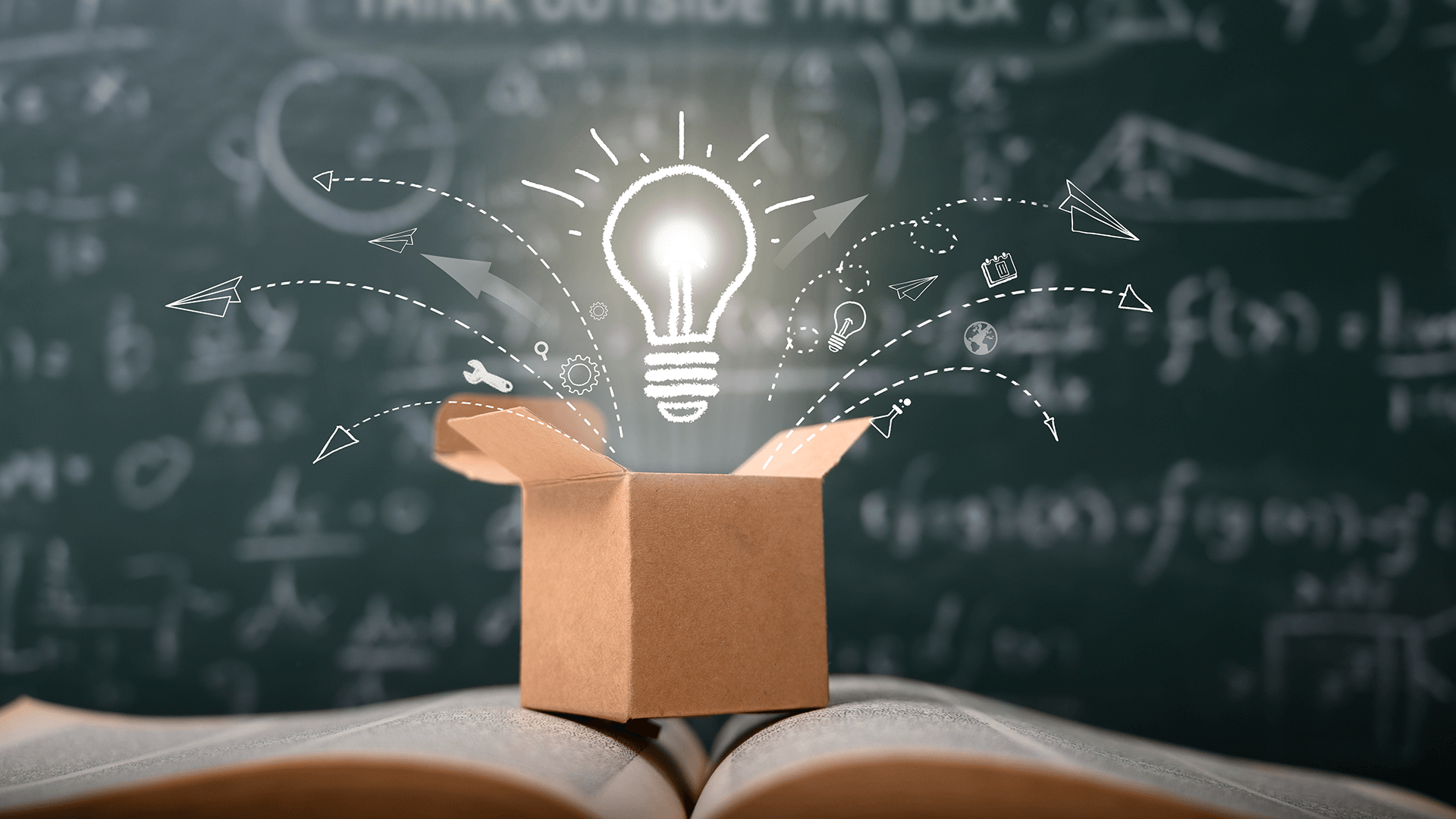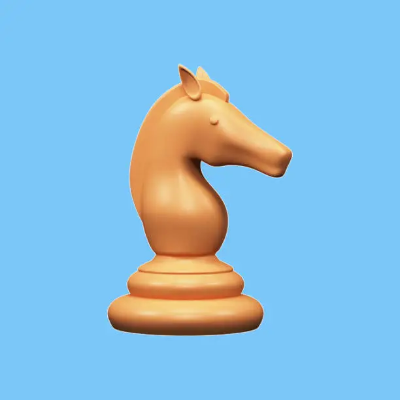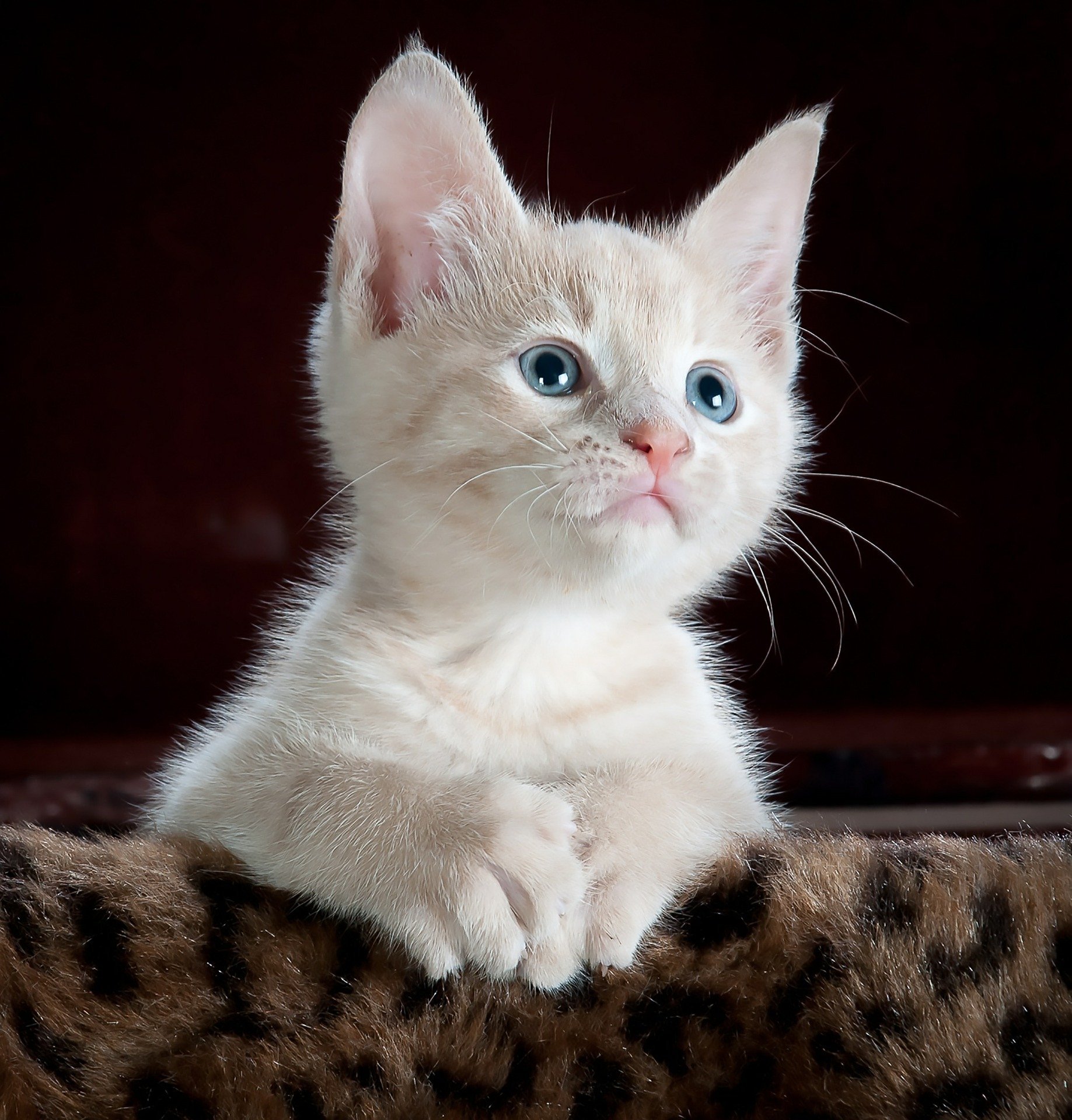We found 287 results that contain "deleting a region of dna or adding a new segment"
Posted on: #iteachmsu



Posted by
over 6 years ago

Create your free website with Wix Free Website Builder, the easiest way to Build and design a Website. Create your own website and go live today!
Posted on: #iteachmsu



Posted by
over 4 years ago

1. View the recorded webinar “Assessing Habits, Skills, and Dispositions: A Method”:
2, Choose what you will be assessing:
3. Does your school or district require a specific set of habits, skills, and dispositions (for example, 21st Century Skills or Essential Skills and Dispositions)? If so, choose at least one habit, skill, or disposition from the required set. If no particular set is required, choose one of the habits, skills, and dispositions from the four discussed in the webinar.
2, Choose what you will be assessing:
3. Does your school or district require a specific set of habits, skills, and dispositions (for example, 21st Century Skills or Essential Skills and Dispositions)? If so, choose at least one habit, skill, or disposition from the required set. If no particular set is required, choose one of the habits, skills, and dispositions from the four discussed in the webinar.
Assessing Learning
Posted on: #iteachmsu



Posted by
about 2 months ago

o be easily distracted,
o have difficulty following directions,
o frequently lose materials, and/or
o have difficulty organizing tasks and materials.
Predominantly hyperactive/impulsive type.
The student may:
o Appear to be in constant motion,
o frequently fidget or move in his or her seat,
o become restless during quiet activities,
o leave his or her seat when expected to remain seated,
o interrupt others and classroom activities,
o talk excessively, and/or
o fail to follow classroom procedures (e.g., blurt out answers without raising hand).
Combined type.
The student may exhibit symptoms that include behaviors from both categories above.
In order for a student to be diagnosed with ADHD, symptoms must appear before age 12 and be exhibited across at least two settings. They must also have adverse effects on academic performance, occupational success, or social-emotional development (APA, 2013).
To add to the complexity of the diagnosis, children with ADHD are likely to have co-existing emotional, behavioral, developmental, learning, or physical conditions (Wolraich & DuPaul, 2010).
As a result of the behaviors listed above, students with ADHD are at greater risk of academic
difficulties, social/emotional issues, and limited educational outcomes.
o have difficulty following directions,
o frequently lose materials, and/or
o have difficulty organizing tasks and materials.
Predominantly hyperactive/impulsive type.
The student may:
o Appear to be in constant motion,
o frequently fidget or move in his or her seat,
o become restless during quiet activities,
o leave his or her seat when expected to remain seated,
o interrupt others and classroom activities,
o talk excessively, and/or
o fail to follow classroom procedures (e.g., blurt out answers without raising hand).
Combined type.
The student may exhibit symptoms that include behaviors from both categories above.
In order for a student to be diagnosed with ADHD, symptoms must appear before age 12 and be exhibited across at least two settings. They must also have adverse effects on academic performance, occupational success, or social-emotional development (APA, 2013).
To add to the complexity of the diagnosis, children with ADHD are likely to have co-existing emotional, behavioral, developmental, learning, or physical conditions (Wolraich & DuPaul, 2010).
As a result of the behaviors listed above, students with ADHD are at greater risk of academic
difficulties, social/emotional issues, and limited educational outcomes.
Disciplinary Content
Posted on: QA groups


Posted by
over 2 years ago
Data communications refers to the transmission of this digital data between two or more computers and a computer network or data network is a telecommunications network that allows computers to exchange data. The physical connection between networked computing devices is established using either cable media or wireless media. The best-known computer network is the Internet.
Posted on: #iteachmsu



Posted by
over 1 year ago

ADHD is one of the most commonly
dsagas
In a 2016 Centers for Disease Control and Prevention study, scientists found that 6.1 million children aged 2-17 years living in the U.S. had been diagnosed with attention-deficit/hyperactivity disorder (ADHD), which is similar to previous en
Ages 6-11: Approximately 2.4 million children
Ages 12-17: Approximately 3.3 million children
dsagas
In a 2016 Centers for Disease Control and Prevention study, scientists found that 6.1 million children aged 2-17 years living in the U.S. had been diagnosed with attention-deficit/hyperactivity disorder (ADHD), which is similar to previous en
Ages 6-11: Approximately 2.4 million children
Ages 12-17: Approximately 3.3 million children
Disciplinary Content
Posted on: #iteachmsu


Posted by
over 4 years ago
What is communication (and what isn’t it)?
The P21 framework emphasizes effective use of oral, written, and nonverbal communication skills for multiple purposes (e.g., to inform, instruct, motivate, persuade, and share ideas). It also focuses on effective listening, using technology to communicate, and being able to evaluate the effectiveness of communication efforts—all within diverse contexts (adapted from P21). Note that working in partners is a great way to collaborate or build shared understanding but a critical part of communication is sharing with an authentic audience.
REF:What is communication (and what isn’t it)?
The P21 framework emphasizes effective use of oral, written, and nonverbal communication skills for multiple purposes (e.g., to inform, instruct, motivate, persuade, and share ideas). It also focuses on effective listening, using technology to communicate, and being able to evaluate the effectiveness of communication efforts—all within diverse contexts (adapted from P21). Note that working in partners is a great way to collaborate or build shared understanding but a critical part of communication is sharing with an authentic audience.
The P21 framework emphasizes effective use of oral, written, and nonverbal communication skills for multiple purposes (e.g., to inform, instruct, motivate, persuade, and share ideas). It also focuses on effective listening, using technology to communicate, and being able to evaluate the effectiveness of communication efforts—all within diverse contexts (adapted from P21). Note that working in partners is a great way to collaborate or build shared understanding but a critical part of communication is sharing with an authentic audience.
REF:What is communication (and what isn’t it)?
The P21 framework emphasizes effective use of oral, written, and nonverbal communication skills for multiple purposes (e.g., to inform, instruct, motivate, persuade, and share ideas). It also focuses on effective listening, using technology to communicate, and being able to evaluate the effectiveness of communication efforts—all within diverse contexts (adapted from P21). Note that working in partners is a great way to collaborate or build shared understanding but a critical part of communication is sharing with an authentic audience.
Posted on: #iteachmsu



Posted by
over 1 year ago

2. Introduce Books, Storytelling And Narration -- Edited
Books play a vital role in both brain development and language skills. They’re also the first step towards gross motor skill development (holding books, turning pages). I had introduced cloth books & soft sponge books to her when she was two months old, board books from five months, and paper books after she turned a year old. She liked colourful objects, animals, birds & shapes till around nine months and then loved listening to simple short stories from illustrated books (no fairy tales). And activity books (match the shadows, pairing similar objects) after she turned 2.
3. Ask Questions To Stimulate The Thinking Process
As I introduced the books, I named the objects she was seeing in all the languages I knew. Then I gradually started describing them (shape, colour, use). I explained the environment in which they are found and constantly asked her questions. For example, pointing at a rabbit, instead of asking “what is this?” I asked her, “it has long ears, a short fluffy tail, is soft & white like cotton. What is it?”. I continued with the exercise even when we went out to some shop or mall. We played the “I spy” game in the house & outdoors. I would describe objects and ask her to identify them. It was fun.
4. Let Your Kids Explore - Touch, Feel, Smell, Taste
I encouraged the natural tendency that kids have to explore the world around them. (But of course, with discretion). I never stopped her from playing with stones or mud in the garden, things like tasting sour lime or bitter gourd, smell a flower on the plant, etc. She learned by herself that stones were hard, mud was soft, ice was cold, the paper could be torn with hands and rubber bands were elastic & so on. Things that were not safe for her we explained to her & kept out of reach- like touching a hot cup of tea could burn her skin, pressing against a glass door could break the glass, playing with a sharp object could hurt, etc.
5. Music-Dance-Physical Activity
Kids love music & I was not surprised the other day when she sang the whole song “lakdi ki kathi, kathi pe ghoda” and danced to the tune as well. She now sings quite a few songs & rhymes. It seems like she has a good ear for music because she has been listening to it since childhood. I also noticed that a soothing instrumental piece calms her down whereas a song like “lungi dance” excites her. So, dance becomes an excellent physical activity to channelise the never-ending energy of a kid, and singing & listening to songs becomes a great mental activity.
6. Building Event Memory, Associating Things & Situations
Kids these days use their smartphones very dexterously, and photos are their favourite part. Although I have limited her total gadget time (phone, iPad, TV) to 30-45 minutes, I make good use of the photos she sees to build her event memory. Whenever she sees some old photos, I describe to her the event. I tell her who all were present, which places we had visited, etc. After several repetitions, this activity has helped her build a memory of past events. She also recognises people from the photos even if she meets them after a long time. She has learned to associate certain things with specific events like lanterns with Diwali or Santa Claus with Christmas.
7. Independence
It was okay if she initially spilt a little food or water on the table, but she learned to hold her spoon & cup. It took a lot of time to wear shoes, most of the time, she put them on the wrong feet, but now she wears them perfectly. Kids figure out things themselves, and we need not tell them how to do it. We need to give them some time. I am happy my child eats independently, combs her hair, brushes her teeth, & wears her shoes. I always encouraged her to do these simple activities even if they were time-consuming initially and she couldn’t do them at all.
8. Age-Appropriate Toys, Art, And Craft
Use age-appropriate toys like building blocks, push & go toys, insert shapes in slots for gross motor skills development. Some simple paper-folding art, glueing stickers on papers, colouring can also help refine motor skills.
9. Logical Reasoning & Decision Making
Kids think logically, and we just have to encourage this to stimulate their brain activity and enhance their thinking process. I always try to reason things for her (wherever possible). And she has developed the same habit. I make her choose between two things at times- simple things like which dress she wants to put on or which game she wants to play- the decision-making is a good brain stimulator.
10. The Most Important - Excellent Nutrition
Good food is a key to good development and a good mood as well. A healthy body nurtures a healthy mind. Fortunately, my daughter is not a picky eater but there are days when she gives me a hard time.
A balanced nutritious diet is essential. Vegetables, seasonal fruits, eggs, pulses are all building blocks for a proper diet. Milk with #Junior Horlicks is also a great choice as it includes nutrients that support brain development, such as choline, iron, and iodine. It also contains nutrients that support physical growth, such as calcium, Vitamin D, Vitamin K, and proteins, and also nutrients to support healthy immune function such as Vitamin E, A, Selenium & Copper. You can design a wholesome diet with roti, rice, whole-grain bread, wheat pasta, curd, cheese and maybe a scoop of ice cream and some sweets once in a while.
Books play a vital role in both brain development and language skills. They’re also the first step towards gross motor skill development (holding books, turning pages). I had introduced cloth books & soft sponge books to her when she was two months old, board books from five months, and paper books after she turned a year old. She liked colourful objects, animals, birds & shapes till around nine months and then loved listening to simple short stories from illustrated books (no fairy tales). And activity books (match the shadows, pairing similar objects) after she turned 2.
3. Ask Questions To Stimulate The Thinking Process
As I introduced the books, I named the objects she was seeing in all the languages I knew. Then I gradually started describing them (shape, colour, use). I explained the environment in which they are found and constantly asked her questions. For example, pointing at a rabbit, instead of asking “what is this?” I asked her, “it has long ears, a short fluffy tail, is soft & white like cotton. What is it?”. I continued with the exercise even when we went out to some shop or mall. We played the “I spy” game in the house & outdoors. I would describe objects and ask her to identify them. It was fun.
4. Let Your Kids Explore - Touch, Feel, Smell, Taste
I encouraged the natural tendency that kids have to explore the world around them. (But of course, with discretion). I never stopped her from playing with stones or mud in the garden, things like tasting sour lime or bitter gourd, smell a flower on the plant, etc. She learned by herself that stones were hard, mud was soft, ice was cold, the paper could be torn with hands and rubber bands were elastic & so on. Things that were not safe for her we explained to her & kept out of reach- like touching a hot cup of tea could burn her skin, pressing against a glass door could break the glass, playing with a sharp object could hurt, etc.
5. Music-Dance-Physical Activity
Kids love music & I was not surprised the other day when she sang the whole song “lakdi ki kathi, kathi pe ghoda” and danced to the tune as well. She now sings quite a few songs & rhymes. It seems like she has a good ear for music because she has been listening to it since childhood. I also noticed that a soothing instrumental piece calms her down whereas a song like “lungi dance” excites her. So, dance becomes an excellent physical activity to channelise the never-ending energy of a kid, and singing & listening to songs becomes a great mental activity.
6. Building Event Memory, Associating Things & Situations
Kids these days use their smartphones very dexterously, and photos are their favourite part. Although I have limited her total gadget time (phone, iPad, TV) to 30-45 minutes, I make good use of the photos she sees to build her event memory. Whenever she sees some old photos, I describe to her the event. I tell her who all were present, which places we had visited, etc. After several repetitions, this activity has helped her build a memory of past events. She also recognises people from the photos even if she meets them after a long time. She has learned to associate certain things with specific events like lanterns with Diwali or Santa Claus with Christmas.
7. Independence
It was okay if she initially spilt a little food or water on the table, but she learned to hold her spoon & cup. It took a lot of time to wear shoes, most of the time, she put them on the wrong feet, but now she wears them perfectly. Kids figure out things themselves, and we need not tell them how to do it. We need to give them some time. I am happy my child eats independently, combs her hair, brushes her teeth, & wears her shoes. I always encouraged her to do these simple activities even if they were time-consuming initially and she couldn’t do them at all.
8. Age-Appropriate Toys, Art, And Craft
Use age-appropriate toys like building blocks, push & go toys, insert shapes in slots for gross motor skills development. Some simple paper-folding art, glueing stickers on papers, colouring can also help refine motor skills.
9. Logical Reasoning & Decision Making
Kids think logically, and we just have to encourage this to stimulate their brain activity and enhance their thinking process. I always try to reason things for her (wherever possible). And she has developed the same habit. I make her choose between two things at times- simple things like which dress she wants to put on or which game she wants to play- the decision-making is a good brain stimulator.
10. The Most Important - Excellent Nutrition
Good food is a key to good development and a good mood as well. A healthy body nurtures a healthy mind. Fortunately, my daughter is not a picky eater but there are days when she gives me a hard time.
A balanced nutritious diet is essential. Vegetables, seasonal fruits, eggs, pulses are all building blocks for a proper diet. Milk with #Junior Horlicks is also a great choice as it includes nutrients that support brain development, such as choline, iron, and iodine. It also contains nutrients that support physical growth, such as calcium, Vitamin D, Vitamin K, and proteins, and also nutrients to support healthy immune function such as Vitamin E, A, Selenium & Copper. You can design a wholesome diet with roti, rice, whole-grain bread, wheat pasta, curd, cheese and maybe a scoop of ice cream and some sweets once in a while.
Disciplinary Content
Posted on: #iteachmsu



Posted by
over 4 years ago

What is an accommodation?
An accommodation is an adaptation or change to educational environments or practices that helps a student overcome the barriers, or challenges, presented by the disability. It does not change the expectations for learning or the requirements of the task.
An accommodation is an adaptation or change to educational environments or practices that helps a student overcome the barriers, or challenges, presented by the disability. It does not change the expectations for learning or the requirements of the task.
Assessing Learning
